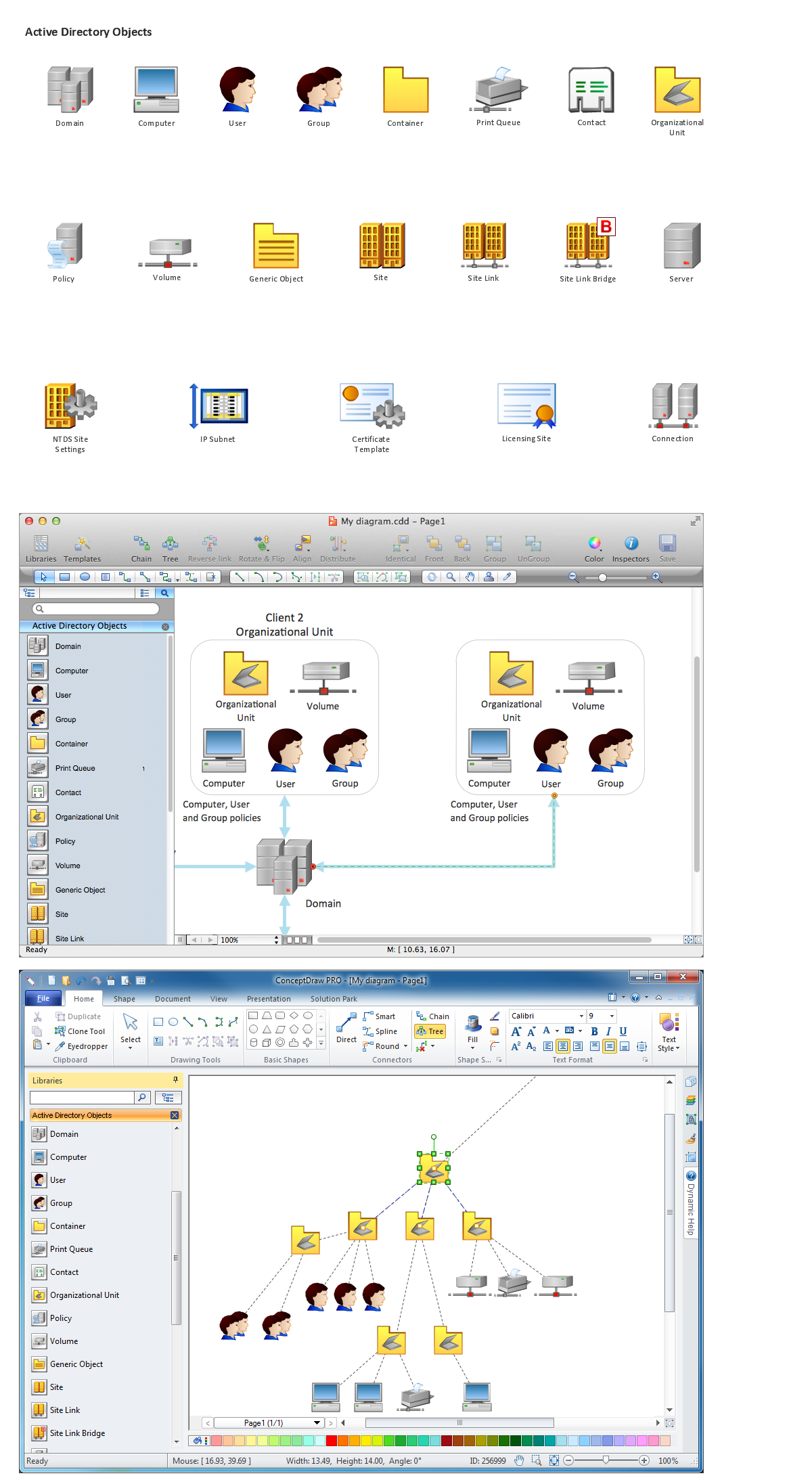 ConceptDraw Solution Park
ConceptDraw Solution Park
ConceptDraw Solution Park collects graphic extensions, examples and learning materials
Bubble diagrams in Landscape Design with ConceptDraw DIAGRAM
Bubble Diagrams are the charts with a bubble presentation of data with obligatory consideration of bubble's sizes. They are analogs of Mind Maps and find their application at many fields, and even in landscape design. At this case the bubbles are applied to illustrate the arrangement of different areas of future landscape design, such as lawns, flowerbeds, playgrounds, pools, recreation areas, etc. Bubble Diagram helps to see instantly the whole project, it is easy for design and quite informative, in most cases it reflects all needed information. Often Bubble Diagram is used as a draft for the future landscape project, on the first stage of its design, and in case of approval of chosen design concept is created advanced detailed landscape plan with specification of plants and used materials. Creation of Bubble Diagrams for landscape in ConceptDraw DIAGRAM software is an easy task thanks to the Bubble Diagrams solution from "Diagrams" area. You can use the ready scanned location plan as the base or create it easy using the special ConceptDraw libraries and templates.Network Diagramming Software for Network Active Directory Diagrams
ConceptDraw DIAGRAM is perfect for software designers and software developers who need to draw Network Active Directory Diagrams.
 Cross-Functional Flowcharts
Cross-Functional Flowcharts
Cross-functional flowcharts are powerful and useful tool for visualizing and analyzing complex business processes which requires involvement of multiple people, teams or even departments. They let clearly represent a sequence of the process steps, the order of operations, relationships between processes and responsible functional units (such as departments or positions).
- Online Diagram Tool | UML Component Diagram Example - Online ...
- State Diagram Example - Online Store | | UML State Machine ...
- Example of DFD for Online Store ( Data Flow Diagram ).
- Workflow Designer Online
- Telecommunication Network Diagrams | Design elements ...
- UML Component Diagram Example - Online Shopping | Enterprise ...
- Building Drawing Software for Design Office Layout Plan | Entity ...
- Design elements - ER diagram (Chen notation) | Entity-Relationship ...
- Design Element: Rack Diagram for Network Diagrams | Rack ...
- Logic gate diagram - Template | Design elements - Logic gate ...
- Data Flow Diagram Model
- Data Flow Diagrams | Software and Database Design with ...
- How To Draw Data Flow Diagram
- Diagramming Software for Design UML State Machine Diagrams ...
- Design Free Online
- Electrical Drawing Software | How To use House Electrical Plan ...
- Dfd Diagram Tools On Mac
- Store Layout Design Online
- Conceptdraw.com: Mind Map Software, Drawing Tools | Project ...
- How to Draw a Computer Network Diagrams | Computer Network ...

